If you’ve heard the saying, “The pen is mightier than the sword,” then you’ve experienced metonymy. But what is metonymy and how is it used in writing? Let’s look at the definition, types, and examples of metonymy.
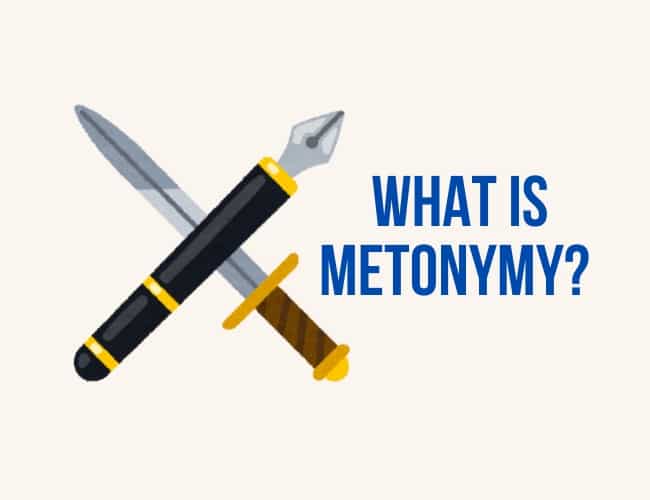
At The Write Practice, we publish a new article each day designed to help writers tackle one part of their writing journey, from generating ideas to grammar to writing and publishing your first book. Each article has a short practice exercise at the end to help you immediately put your learning to use.
Check out the latest articles below or find ones that match your interest in the sidebar.
And make sure to subscribe to get a weekly digest of our latest posts, along with our free guide, 10 Steps to Become a Writer.

If you’ve heard the saying, “The pen is mightier than the sword,” then you’ve experienced metonymy. But what is metonymy and how is it used in writing? Let’s look at the definition, types, and examples of metonymy.
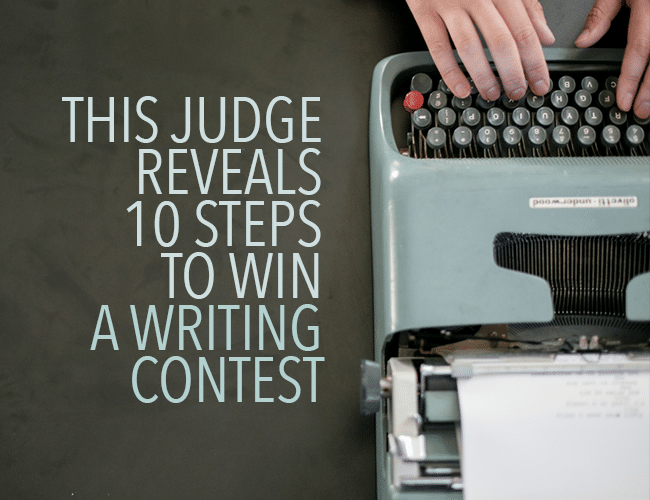
You work hard to write your best story—and if you’re honest, you’re pretty sure it’s amazing. You share it with other writers to get their feedback, and they agree. You work up your courage and hit the “Submit” button, sending it off to a mysterious panel of writing contest judges.
And then . . . you wait. What will the judges think? Will they agree your story deserves to win it all? Did you write the kind of story that will catch the judges’ eye? What kind of story is that, anyway?
I’m going to take you behind the scenes and reveal exactly what judges are looking for when they choose the winners of writing contests.
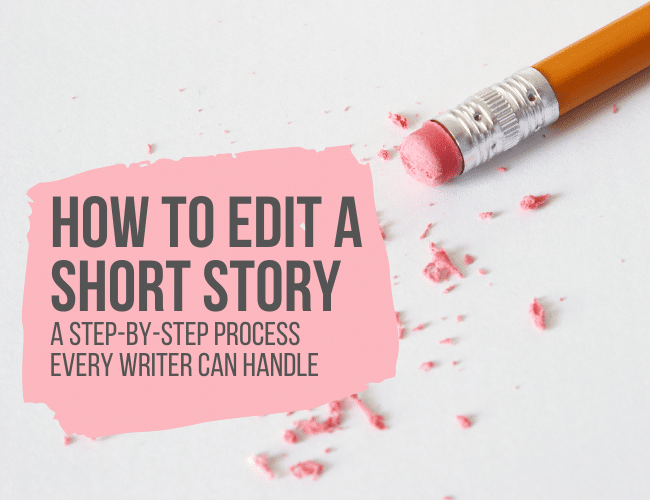
Writing a short story is difficult, but there’s a special learning curve that comes with how to edit a short story. Even though there is a small word count, where do you start?
The editing process might not be your favorite part of the writing process (or maybe it is!), but it’s a necessary one.
Editing your short story can push the story idea into a whole new arena, which will make it more likely to grab a reader, whether or not that’s a fellow writer, editor, or writing contest judge.
In this article, I’ll take you through the step-by-step process of editing a short story. I’ll share the step-by-step process you should use to break down your editing phase into manageable chunks and what to focus on with each editing pass.
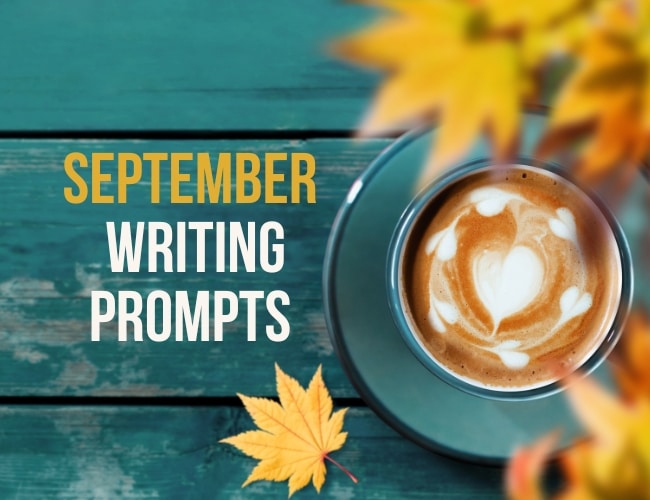
September marks the beginning of a new school year for many students around the U.S. New supplies, new goals, and a new opportunity to kick-start your writing habits! Here are 30 September writing prompts to get you started!
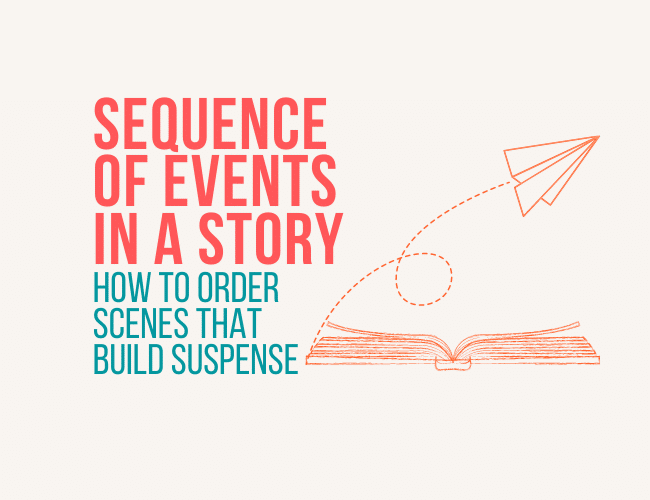
Have you ever felt cheated when reading a book? Like the author held back information that would have enhanced your reading experience? Or neglected to include all the relevant details that would have allowed you to solve the mystery? Did the sequence of events in the story feel…off?
Think about this:
What if J.K. Rowling neglected to have Hagrid tell Harry about his parents’ deaths until the end of The Sorcerer’s Stone?
What if the writers of Die Hard had let Hans Gruber discover Holly was John McClane’s wife right up front?
What if Suzanne Collins had forgotten to alert readers to a rule change allowing tributes from the same district to win as a team in The Hunger Games?
Leaving out these vital pieces of information—or putting them in the wrong place—would have robbed these stories of a full measure of suspense. This would have dulled the impact of their final scenes.
As a writer, you never want readers to feel cheated or disappointed by your book. But how can you make sure you include all the relevant pieces of the puzzle, in the right order, to sustain suspense and satisfy your reader?
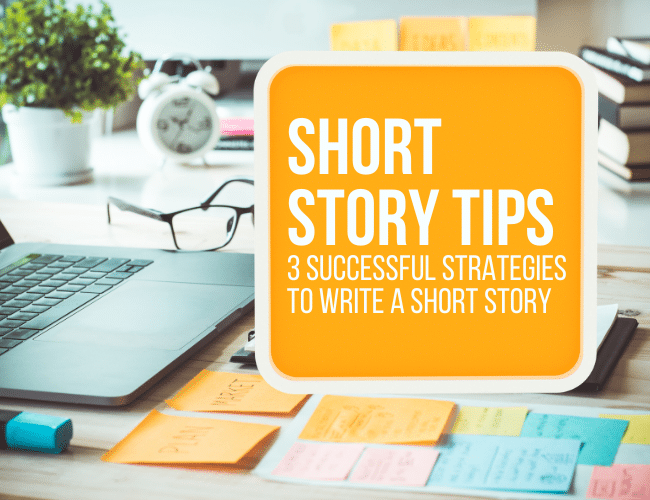
Knowing how to write a short story seems like it’s a no-brainer. They’re short; how hard could it be? However, once you start writing a short story you’ll probably realize that you don’t know how to write a short story. You’d like to some short story tips.
A novel has hundreds of pages to get you involved in the characters’ lives and to transform you to another world, all to leave you with a great ending that you’re thinking about weeks—maybe even years—later.
In a short story, you have to do all that in a few pages. It’s no wonder most of the “new” writers I know would rather write novels. Short stories may be small, but they are mighty. (Not to mention they are a great way to keep up a writing habit.)
Chances are your favorite author started their writing career by writing short stories. Big names and favorite writers like Stephen King, Neil Gaiman, Ray Bradbury, Kurt Vonnegut, Shirley Jackson, Louisa May Alcott, Sylvia Plath are all short story writers.
I’ve talked about coming up with ideas, plotting, and some key elements of short stories. Now it’s time to stop dilly-dallying and get to writing. This article covers three successful short story tips and strategies to write a short story.
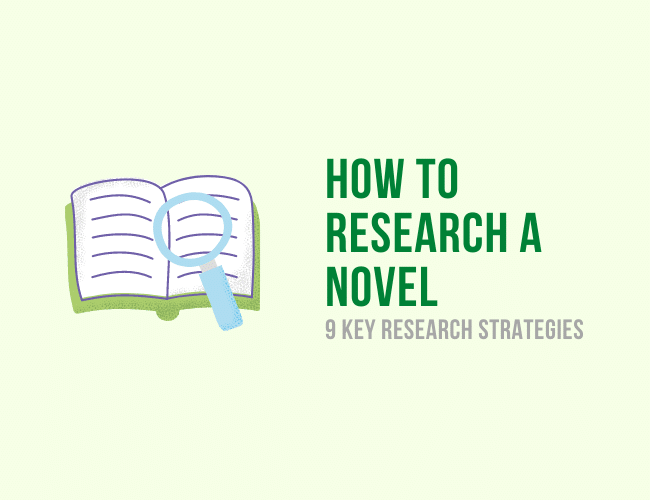
Have you ever started a story, gotten halfway through, and realized you don’t know key facts about your story’s world? Have you ever wondered how to find out the size of spoons in Medieval England for your fantasy adventure story? Is that even relevant to your plot, or could you skip that fact? Here’s how to do research for your story.
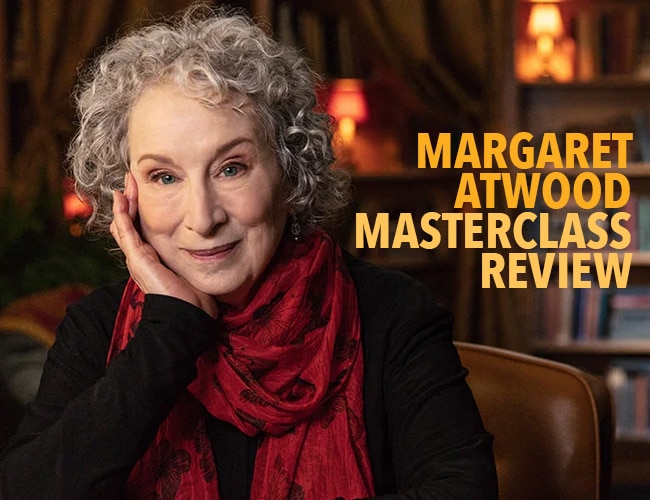
Margaret Atwood is perhaps best-known for her novel The Handmaid’s Tale. In her MasterClass, she’ll teach you how she wrote it. Will the class help you become a better writer? We took it to find out.
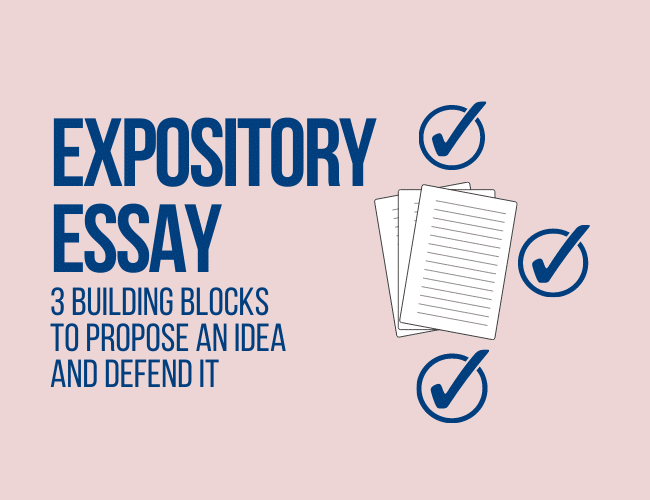
If you saw the words “expository essay” on a writing assignment, would your mind draw a blank? Would you immediately feel as if you had stumbled into unexplored territory?
Well there’s good news.
You might not realize it, but chances are this is not your first encounter with this type of essay. Once you have been writing essays in academic environments, you have probably already worked on expository writing.
In this article, I hope to help you recognize this essay type and understand the expository essay outline. Comprehending the building blocks is instrumental in knowing how to construct an exceptional expository essay.
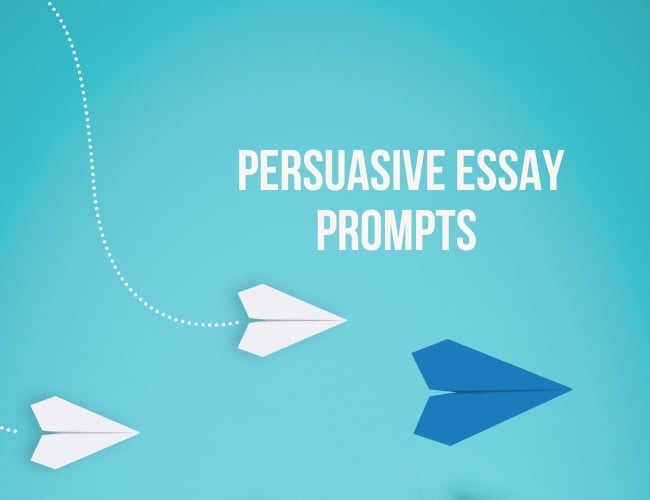
Persuasive essays can be challenging for several reasons, but the first problem is choosing the right topic.
You want a topic that is both engaging and controversial enough to elicit a strong response. A topic that’s too broad may lead to a lack of focus, while one that’s too narrow might not provide enough material to argue convincingly.
Let’s look at 25 persuasive essay prompts.